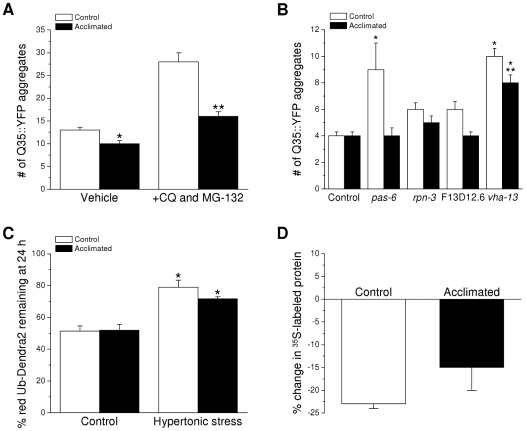Figure 6. Effect of acclimation to mild hypertonic stress on protein degradation activity.
A: Effect of treatment of control and acclimated worms with vehicle only (1% DMSO) or 20 mM chloroquine (CQ) and 100 µM MG-132 on spontaneous aggregation of Q35::YFP. (n = 9–15). *P<0.003 compared to vehicle-treated control worms. **P<0.0001 compared to drug-treated control worms. B: Effect of RNAi silencing of Hos genes on spontaneous Q35::YFP aggregation in control and acclimated worms. Animals were fed bacteria expressing nonspecific (control) dsRNA or dsRNA targeting proteasome (pas-6 and rpn-3) and lysosome (vha-13) components, or a putative lysosomal serine carboxypeptidase (F13D12.6). (n = 16–51). *P<0.001 compared to control or acclimated worms fed a nonspecific dsRNA. **P<0.03 compared to unacclimated vha-13(RNAi) worms. C: Percent of red mutant ubiquitin (UbG76V) tagged Dendra2 remaining in body wall muscle cells 24 h after photoconversion in control and 200 mM NaCl acclimated worms exposed to control or hypertonic growth media. Control and acclimated animals were exposed to 400 mM and 600 mM NaCl, respectively. (n = 3–8). *P<0.01 compared to unstressed worms. D: Percent change in 35S-methionine labeled total protein levels in control and acclimated worms treated with 500 µg/ml of cycloheximide for 6 h to inhibit protein synthesis. (n = 3).

